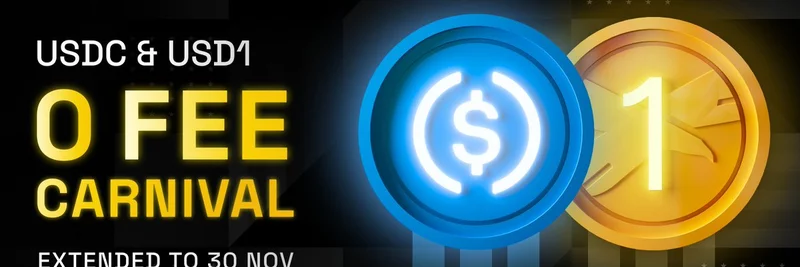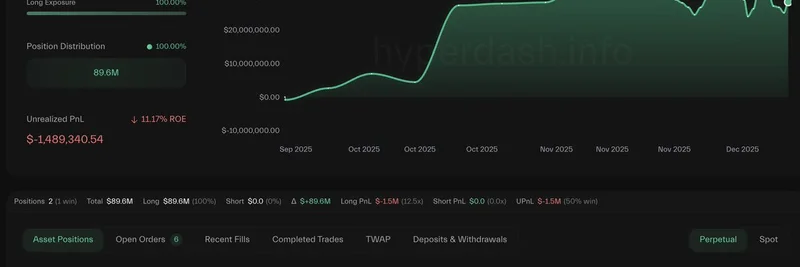Hey there, crypto enthusiasts! If you’ve been scrolling through X lately, you might have stumbled upon a spicy take from Ignas | DeFi that’s got everyone talking. In a post from earlier today, July 8, 2025, Ignas dropped a bombshell: could TradFi Crypto Treasuries be the "most epic Ponzis of all time"? Let’s break it down and see what’s cooking in the world of decentralized finance (DeFi) and traditional finance (TradFi).
What’s the Buzz About?
Ignas kicks off by nodding to the old critique that crypto, especially in its early DeFi days, was often labeled a Ponzi scheme—a type of scam where returns for earlier investors are paid using funds from newer investors, rather than actual profits. Think of it like a financial house of cards waiting to collapse. He admits that early DeFi had its share of "liquidity games"—tricky maneuvers to attract funds that sometimes left investors high and dry.
But here’s the twist: Ignas suggests that TradFi Crypto Treasuries might take this concept to a whole new level. For those unfamiliar, TradFi refers to the traditional financial system—banks, stock markets, and the like—while Crypto Treasuries are financial products blending these old-school methods with crypto assets. Ignas’ cheeky comment implies that what was once a criticism of crypto could now apply to the very institutions trying to adopt it.
TradFi Meets Crypto: A Match Made in Heaven or a Recipe for Disaster?
So, what are TradFi Crypto Treasuries? Imagine banks or financial firms issuing bonds or other assets backed by cryptocurrencies. It’s a way to bridge the gap between the centralized world of TradFi and the decentralized promise of crypto. Sounds innovative, right? But Ignas’ post hints at a darker possibility: could this be a glorified Ponzi scheme dressed up in fancy suits?
To understand this, let’s look at the basics. A Ponzi scheme relies on a constant influx of new money to pay off earlier investors, with no real value creation. Historically, crypto has faced this accusation due to speculative bubbles and unregulated projects. Now, with TradFi jumping into the crypto pool, some wonder if big institutions might exploit this model on a massive scale, using the credibility of established finance to lure investors.
The DeFi Connection
Ignas mentions early DeFi’s "memorable liquidity games," which could refer to tactics like yield farming or liquidity mining—where users lock up their crypto to earn rewards. Sometimes, these schemes promised high returns but collapsed when the hype faded. Could TradFi Crypto Treasuries follow a similar path? For instance, if these products rely on new crypto investments to pay yields, without generating sustainable value, the Ponzi label might stick.
Take a look at projects like Uniswap, a pioneer in DeFi, which revolutionized liquidity provision. Early successes in DeFi showed promise, but also exposed vulnerabilities. Now, as TradFi adopts similar mechanisms, the stakes are higher, and the potential for mismanagement grows.
What the Community Thinks
The X thread shows mixed reactions. Gerald Dick is all praise for Ignas, suggesting everyone follow him for more insights—clearly a fan! Meanwhile, 0x_Kaithan adds a sarcastic jab, saying TradFi has just "wrapped the Ponzi in pinstripes and called it yield." This humor reflects a growing skepticism among crypto natives about TradFi’s intentions.
Is This the Future of Finance—or a Ticking Time Bomb?
So, is Ignas onto something? It’s too early to say, but his post raises valid questions. TradFi’s move into crypto could legitimize the space, with institutions like banks exploring Central Bank Digital Currencies (CBDCs) to keep up. Yet, the lack of transparency in some crypto-backed products could echo the risks of past Ponzi schemes.
For blockchain practitioners and meme token enthusiasts (yes, we’re looking at you, Meme Insider readers!), this is a chance to stay sharp. Keep an eye on how these treasuries perform and whether they deliver real value or just fancy promises. The crypto world is evolving fast, and understanding these shifts can help you navigate the next big trend—or avoid the next big bust.
What do you think? Is TradFi Crypto Treasuries a game-changer or a red flag? Drop your thoughts in the comments, and let’s keep the conversation going!



